What the Best Healthcare Analytics Companies Are Doing Differently in 2025

.png)
As the volume of data around the world surges, the healthcare industry is at a crossroads. While some organizations are leveraging data to drive better decision-making at lower costs, others are struggling due to the sheer volume of information available. Today, more than ever, healthcare organizations seek the best healthcare analytics software to make sense of their data to enhance operational efficiency, keep track of expenses, and, most importantly, drive health outcomes.
This year, several healthcare analytics companies are changing the status quo. They are progressing beyond merely giving elegant dashboards to providing actionable intelligence. Thus, empowering providers to deliver personalized care for better outcomes.
In this blog, we look at how the leading healthcare analytics companies are evolving in 2025 and what they're doing differently to guide the future of data-driven healthcare.
From Dashboards to Decisions: The Death of Passive Analytics
The days of monthly reports and static dashboards are over. Organizations now require tools to provide real-time insights to spot high-risk patients and act pre-emptively. Here's the way top-notch healthcare analytics platforms are transforming the game this year:
- Insights at the point of care:
Leading healthcare analytics companies are focusing on providing solutions that can be seamlessly integrated into systems clinicians already use, such as care management systems, EHRs, and even billing systems. This eliminates the necessity of system switches and provides a more seamless workflow, leading to timely access to critical information without interfering with day-to-day activities.
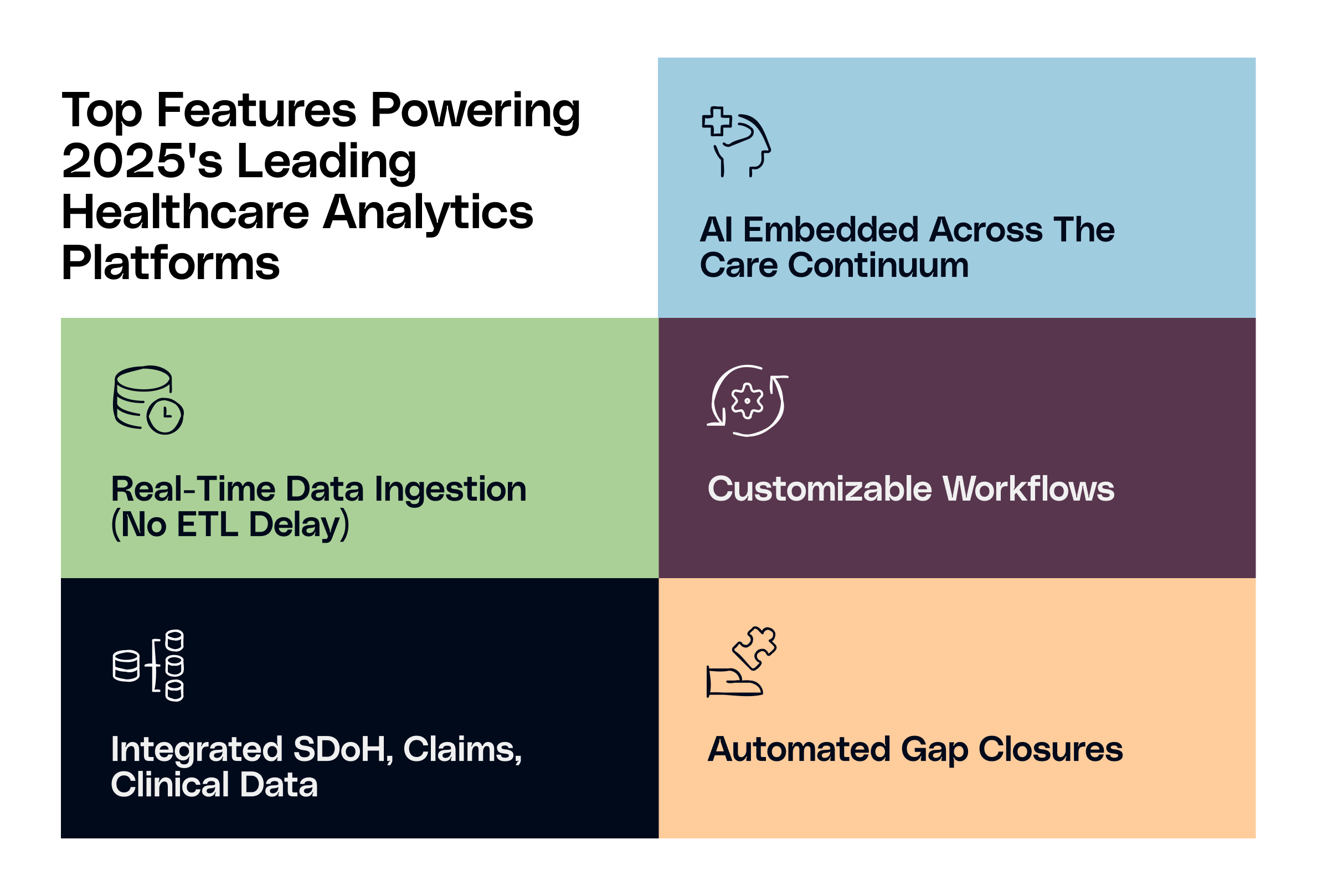
- Predictive analytics instead of static reports: In contrast to traditional reports that mirror past occurrences only, the leading healthcare analytics solutions of today incorporate predictive analytics to equip care teams with real-time insights. These allow clinicians to take proactive steps and improve patient care before an issue escalates, leading to improved outcomes.
- Customization at scale: Since every healthcare organization is different, leading platforms now allow workflows that can be tailored and dynamic dashboards that adapt to roles. This high degree of customization ensures that data feels empowering rather than overwhelming.
- Reducing Administrative Burden: Several top healthcare platforms are also automating time-consuming administrative activities such as data entry. By reducing manual effort, they are safeguarding providers from burnout and enabling them to provide improved patient care.
Why Leading Analytics Platforms Don’t Wait for ETL
Traditional ETL (Extract, Transform, Load) pipelines are too slow for modern healthcare. By the time data is cleaned and loaded into a warehouse, the chance for early intervention has already passed for providers. In healthcare, this not only means poor outcomes but also lost revenue because of avoidable hospital readmissions and inefficient utilization of resources.
However, the best healthcare analytics companies are taking advantage of real-time data ingestion, in-memory computing, and federated data architectures to remove the lag associated with legacy ETL. By doing so, these platforms are enabling clinicians and administrators to access up-to-date insights within minutes instead of waiting for hours or days for the same. For instance, an AI-powered healthcare data analysis can spot anomalies in claims or vitals as soon as they happen. This can help providers reduce readmissions or avoid mistakes early on.
Platforms that still rely on outdated ETL processes are being left behind, while the agile ones are leading the charge toward proactive care and operational efficiency.
AI That Actually Works in Healthcare
Until recently, AI remained a buzzword in healthcare, often used synonymously with automation. But, healthcare analytics companies today are embedding AI into every layer of the care continuum from patient engagement to operations. This is helping care teams act faster and improve outcomes with confidence.
Here’s how leading healthcare analytics companies are enabling providers to leverage AI meaningfully :
- Boosting patient engagement: Earlier, patient engagement meant using generic chatbots, often lacking a personal touch for communicating with patients. But, leading platforms this year are assisting providers to tailor each patient interaction using AI. From automated reminders to care delivery based on a patient's profile, this real-time and personalized method is revolutionizing what it actually means to interact with patients.
- Streamlining care management: Care teams no longer feel overburdened with static platforms thanks to AI-powered platforms today. These deliver real-time insights directly into care workflows, helping providers identify high-risk patients and intervene early. Thus, resulting in better management of chronic diseases.
- Enhancing Population health management (PHM): This year, healthcare analytics companies are ensuring that population health management platforms can give a comprehensive picture of population health to providers for more informed decision-making. They are aggregating clinical, social determinants of health, and claims data in one view, something that was generally fragmented or siloed in past years. This integrated strategy is allowing care teams to recognize high-risk populations earlier, deliver more focused care, and ultimately enhance outcomes at the community level.
Powering Value-Based Care, Not Just Reporting on It
This year, top healthcare analytics companies are building solutions that actively help providers deliver real value-based care rather than just report it. Here is how they are making an impact:
- Enabling dynamic performance tracking: Real-time clinical quality, utilization, and financial metrics can be tracked by providers to stay in sync with value-based contracts.
- Advanced risk stratification: AI-powered models are aiding in the early identification of high-risk patients so that care teams can focus their outreach efforts and reduce avoidable costs.
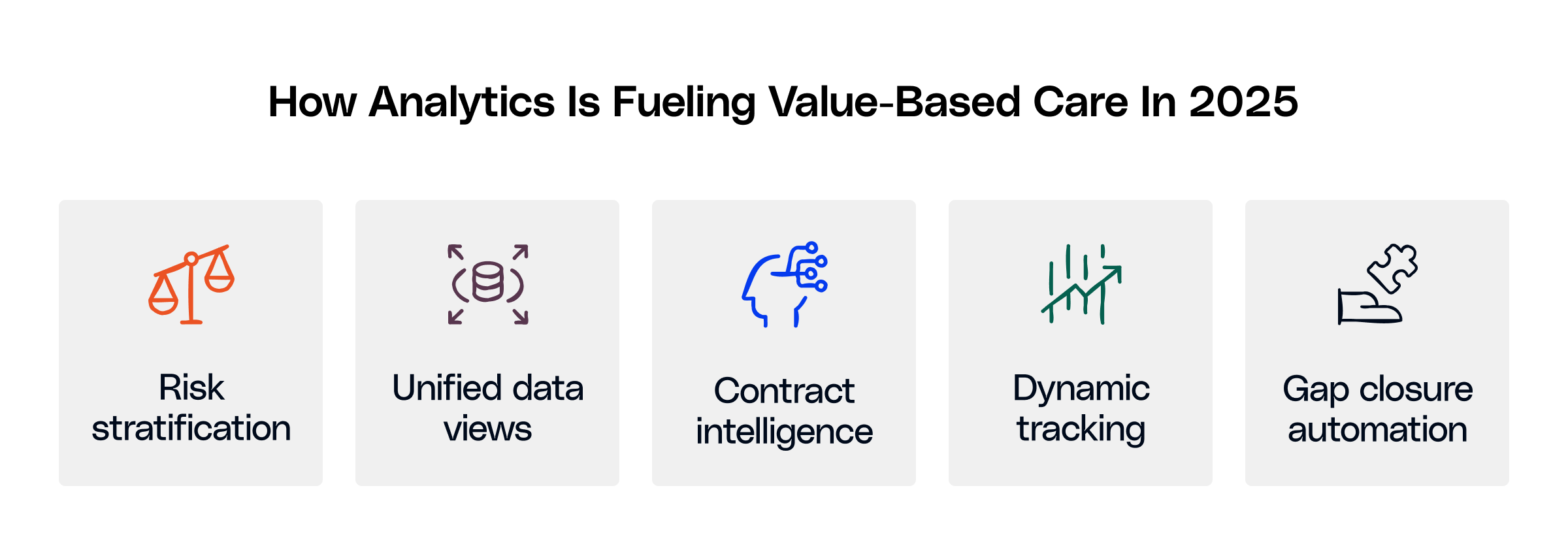
- Unified view of patient and population data: By unifying clinical, claims, SDoH, and behavioral data, platforms are now able to provide the perfect opportunity for providers to deliver care holistically.
- Contract intelligence tools: Predictive forecasting and "what-if" scenarios give organizations clarity and opportunity to maximize shared savings.
- Automation of gap closure: Several platforms now automate the identification and closure of gaps in care, minimizing manual effort and maximizing quality scores.
Thus, these features are enabling providers to move from compliance alone to more coordinated and patient-focused care.
Privacy, Trust, and Governance in a Post-HIPAA World
Organizations today are increasingly looking for solutions that are HIPAA compliant to ensure patient privacy and data governance.
Top-tier platforms now proactively adopt privacy-by-design frameworks using federated learning and differential privacy technology. As a result, providers can analyze sensitive data while preventing patient identification. Governance protocols, audit trails, and consent architectures are now the norm instead of the exception. This is not only ensuring compliance with regulations, but also helping build patient and provider trust about data utilization and sharing.
What to Look for in a Healthcare Analytics Partner in 2025
As patient needs and regulatory landscapes change, choosing the right healthcare analytics partner has truly become an imperative. The best healthcare analytics companies in 2025 would be interoperable, clinically intelligent, AI-native, and provider-first.
Organizations should seek platforms that can scale across departments and comply with ever-changing regulatory needs while giving actionable insights. Vendors that have a history of helping providers improve patient outcomes should be sought after. The right analytics partner should be more than just a software vendor. It must act as a strategic ally to drive meaningful patient interactions.
Ready to transform your healthcare analytics strategy? Learn how Innovaccer is leading the charge.

.png)




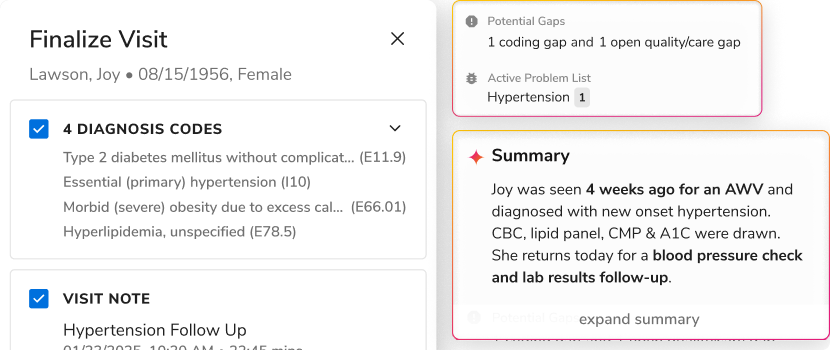
.png)

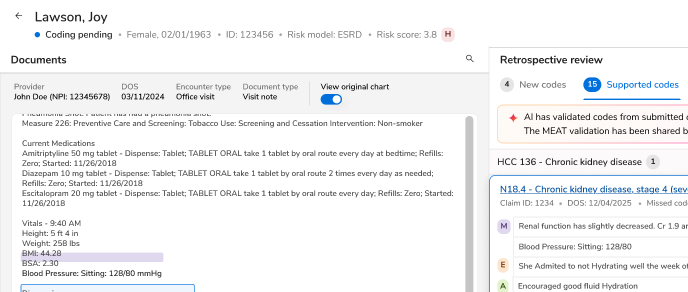
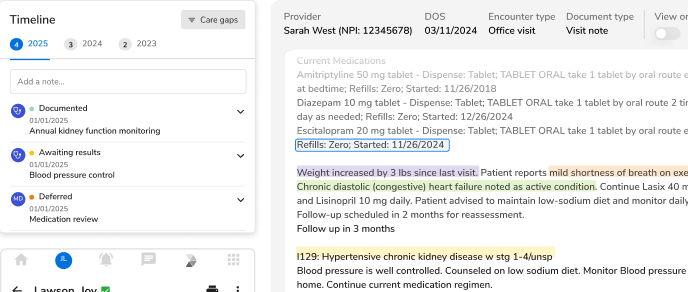
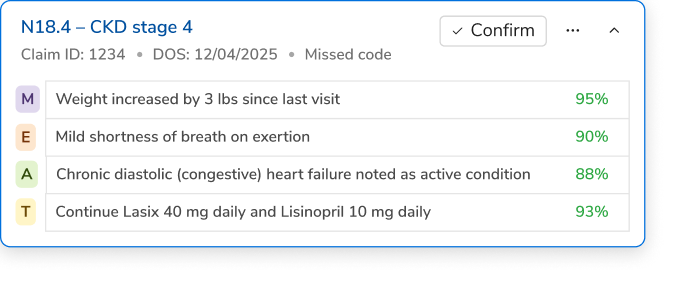





.svg)
.svg)

.svg)

